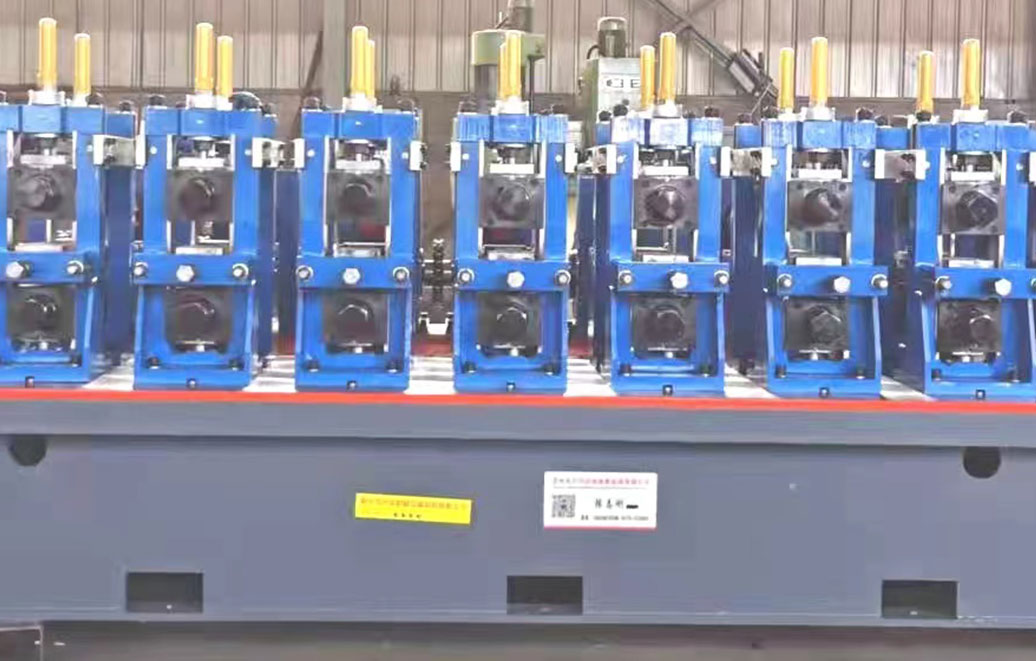electrical molding price
Understanding Electrical Molding Prices Key Factors and Trends
Electrical molding plays a crucial role in the manufacturing of electronic components, ensuring that devices are safe and durable. As industries increasingly adopt advanced technologies, understanding the pricing of electrical molding becomes essential for businesses and manufacturers. This article delves into the various factors influencing electrical molding prices, current trends in the market, and tips for navigating costs.
What is Electrical Molding?
Electrical molding refers to the process of shaping materials, typically plastics or resins, into components that are used in electronic devices. This method is vital in producing parts like connectors, housings, and insulators, which are integral to the performance of electrical equipment. The process often involves techniques such as injection molding, compression molding, or blow molding, each contributing to the overall cost based on complexity and materials used.
Factors Influencing Electrical Molding Prices
1. Material Selection The type of material chosen for molding significantly impacts pricing. Common materials include thermoplastics, thermosets, and elastomers, each with different costs. For instance, high-performance materials, such as polyphenylene sulfide (PPS) or polyether ether ketone (PEEK), are more expensive but provide superior thermal and chemical resistance.
2. Mold Design and Complexity The intricacy of the mold design also affects the cost. Complex molds, requiring precise engineering and extended production times, typically lead to higher prices. Manufacturers must also consider the number of cavities in a mold; a higher cavity count can decrease the per-unit cost in mass production, but the initial setup cost can be significant.
3. Production Volume Economies of scale play a crucial role in molding prices. Higher production volumes usually lead to lower costs per unit, as the fixed costs of mold creation and setup are spread across more items. In contrast, low-volume productions can incur higher costs due to relatively fixed initial expenses.
4. Labor and Overhead Costs Labor costs for skilled technicians who operate molding machines and manage quality control are also a significant factor. Additionally, overhead costs related to machinery maintenance, facility operations, and utility costs can influence the overall pricing structure.
5. Geographical Location The location of manufacturing facilities can impact electrical molding prices. Regions with lower labor costs may offer cheaper molding services, but factors such as shipping and logistics can offset these savings. Furthermore, tariffs and trade policies can affect imported materials, bringing variability in cost.
electrical molding price

Market Trends
Recent trends indicate a growing demand for eco-friendly and sustainable materials in electrical molding. As businesses strive to reduce their environmental impact, manufacturers are exploring alternative materials that may initially come with higher costs but could result in long-term savings through better recyclability and lower waste production.
Additionally, advancements in technology, such as the rise of automation and the use of 3D printing in mold design, are changing the landscape of electrical molding. While automation can reduce labor costs, initial investments in technology can be high, impacting the pricing structure.
Tips for Navigating Electrical Molding Costs
1. Conduct Thorough Research Understanding the market and obtaining multiple quotes from different suppliers can help businesses find competitive prices.
2. Invest in Quality Design Although high-quality mold design can require higher upfront costs, it often leads to lower production costs and better product performance over time.
3. Consider Long-term Partnerships Establishing long-term relationships with reliable suppliers can yield better pricing and service benefits.
4. Stay Informed on Material Innovations Keeping up with advancements in materials can help businesses make informed choices that balance cost with performance and sustainability.
In conclusion, electrical molding prices are influenced by a myriad of factors ranging from material selection and mold complexity to market trends and regional dynamics. By understanding these elements, businesses can better navigate the complexities of costs associated with electrical molding and make informed decisions that align with their production needs.
-
High Frequency Straight Seam Welded Pipe Production Line-BzZhou Xinghua Machinery Equipment Manufacturing Co., LTD.|Precision Welding, High EfficiencyNewsJul.30,2025
-
High Frequency Straight Seam Welded Pipe Production Line|BzZhou Xinghua|Precision Welding&EfficiencyNewsJul.30,2025
-
High Frequency Straight Seam Welded Pipe Production Line - BzZhou Xinghua|Precision Engineering&EfficiencyNewsJul.30,2025
-
High-Frequency Straight Seam Welded Pipe Production Line-BzZhou Xinghua Machinery Equipment Manufacturing Co., LTD.NewsJul.30,2025
-
High-Frequency Straight Seam Welded Pipe Production Line-BzZhou Xinghua Machinery Equipment Manufacturing Co., LTD.|Precision Manufacturing, High EfficiencyNewsJul.30,2025
-
High Frequency Straight Seam Welded Pipe Production Line-BzZhou Xinghua Machinery Equipment Manufacturing Co., LTD.|Precision Steel Pipe Manufacturing&Industrial EfficiencyNewsJul.29,2025


